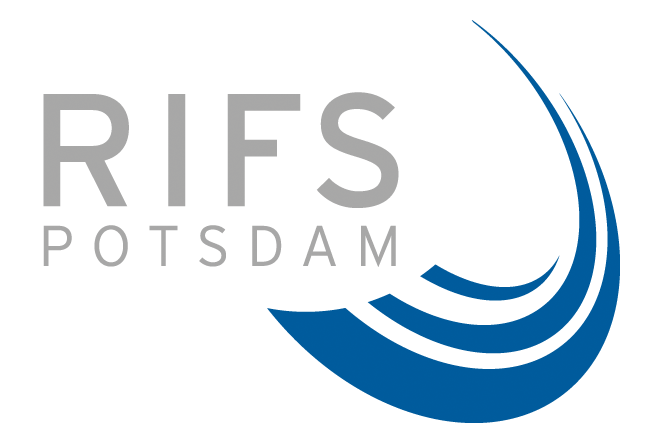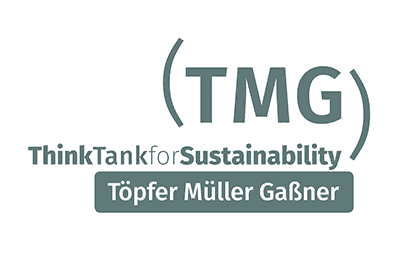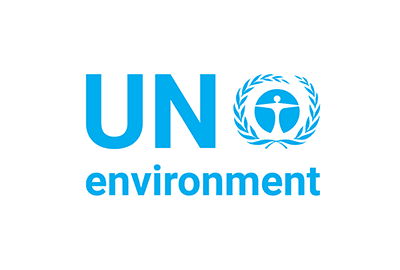The STRONG High Seas project has published a guidance document to support the implementation of the international legally binding instrument for the conservation and sustainable use of marine biodiversity beyond national jurisdiction (BBNJ Agreement) that is being negotiated under the United Nations.
This work is framed in the context of achieving spatial conservation measures but draws on examples from other biodiversity conservation efforts and offers guidance for achieving binding measures for any matter, in any regional fisheries management organisation (RFMO).
Aspirations for achieving biodiversity conservation using enforceable, area-based management tools (ABMTs) in an RFMO will require dedicated action if they are to move from aspirations to actuality. Getting legally binding measures for areas beyond national jurisdiction approved and enforced in an RFMO is a complex, multi-stage process.
The guidance document offers insights and strategic considerations on how to achieve biodiversity conservation outcomes in an RFMO and have such measures adopted (i.e. made legally binding). It is a distillation of personal experiences including successes, failures, and insights into some of the more arcane aspects of RFMOs’ functioning, derived from the authors’ participation in dozens of meetings at many RFMOs.
The report can be found here: [English] / [Français] / [Español]



